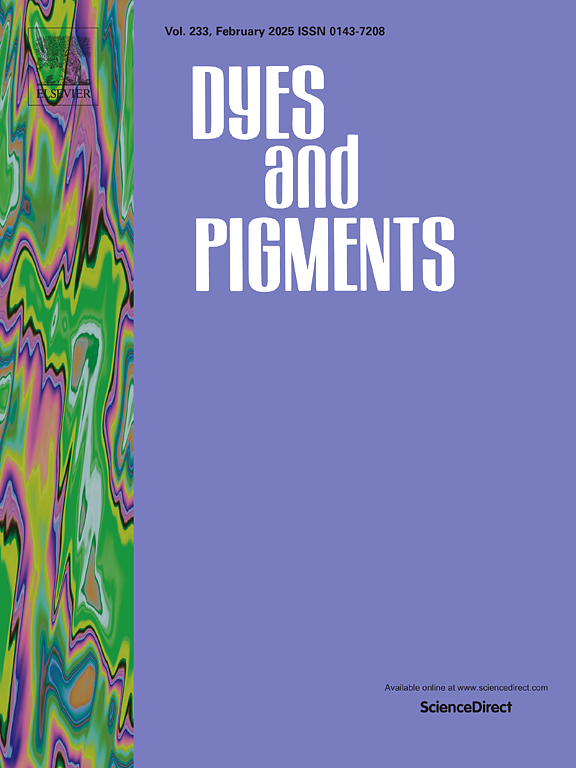Creating a fluorescent “AND” logic gate aptamer platform for identifying exosomes derived from breast cancer subtypes
IF 4.1
3区 工程技术
Q2 CHEMISTRY, APPLIED
引用次数: 0
Abstract
Breast cancer is a globally prevalent malignancy, and early classification of breast cancer is beneficial for formulating accurate treatment plans and improving prognosis. In this work, we engineered an innovative dual-marker approach, capitalizing on the precision of “AND” logic gates, to precisely identify different subtypes of exosomes derived from breast cancer. We designed two distinct nucleic acid aptamers:PD-L1 (Programmed cell death-ligand 1) aptamer conjugated with Cy3, and EpCAM (Epithelial cell adhesion molecule) aptamer labeled with Cy5. The conjugation of both aptamers and specific connectors culminated in the establishment of a robust detection system. Upon successful binding to breast cancer-derived exosomes, a remarkable Förster Resonance Energy Transfer (FRET) phenomenon transpires, enabling the detection of the target exosomes. Through the optimization of the linker, we extended the application of this method to fluorescence imaging, which is capable of elucidating the interactions between exosomes and immune cells. This not only visualizes the process of exosome internalization into receptor cells but also paves the way for a novel non-invasive diagnostic strategy for breast cancer.

求助全文
约1分钟内获得全文
求助全文
来源期刊

Dyes and Pigments
工程技术-材料科学:纺织
CiteScore
8.20
自引率
13.30%
发文量
933
审稿时长
33 days
期刊介绍:
Dyes and Pigments covers the scientific and technical aspects of the chemistry and physics of dyes, pigments and their intermediates. Emphasis is placed on the properties of the colouring matters themselves rather than on their applications or the system in which they may be applied.
Thus the journal accepts research and review papers on the synthesis of dyes, pigments and intermediates, their physical or chemical properties, e.g. spectroscopic, surface, solution or solid state characteristics, the physical aspects of their preparation, e.g. precipitation, nucleation and growth, crystal formation, liquid crystalline characteristics, their photochemical, ecological or biological properties and the relationship between colour and chemical constitution. However, papers are considered which deal with the more fundamental aspects of colourant application and of the interactions of colourants with substrates or media.
The journal will interest a wide variety of workers in a range of disciplines whose work involves dyes, pigments and their intermediates, and provides a platform for investigators with common interests but diverse fields of activity such as cosmetics, reprographics, dye and pigment synthesis, medical research, polymers, etc.
 求助内容:
求助内容: 应助结果提醒方式:
应助结果提醒方式:


